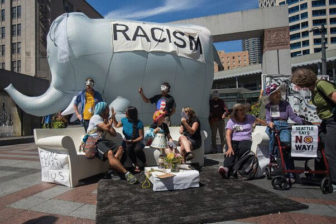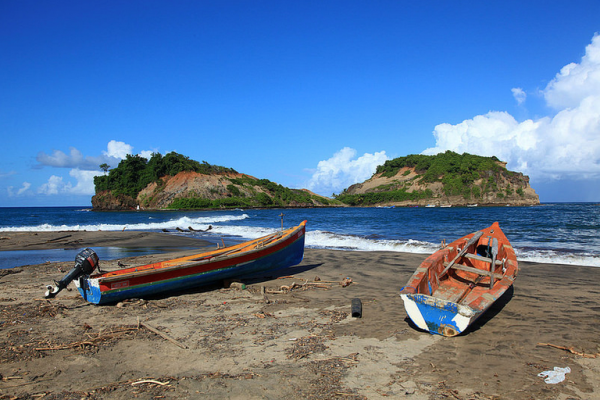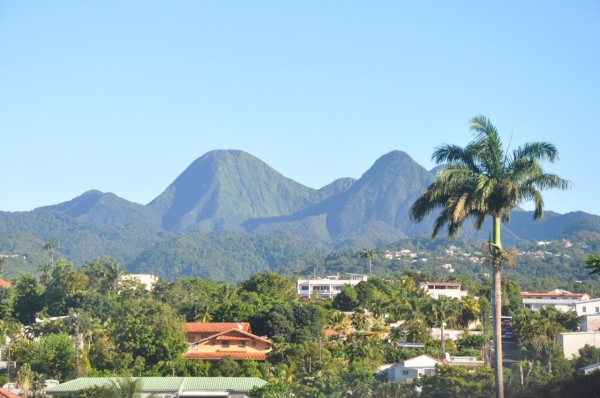How white code talkers don’t see their own racism and go unchallenged
|
If you’re white and live outside of the urban centers where most protests have occurred since the murders of George Floyd and Ahmad Arbury, it’s a scene you’ve likely experienced any number of times. It speaks volumes about where we are as a country a half-century after Martin Luther King Jr. laid down his life to try to solve our enduring race problem – a uniquely American bog that today somehow encompasses both reasonable progress and no progress at all. It can happen almost anywhere, anytime. Months before the current crises, I was at a local restaurant’s bar when the talk turned to politics. The owner was carrying on about how much he loved President Trump’s tough talk about solving the homelessness problem, as if that problem hasn’t bedeviled America’s leaders for the past 50 years.







